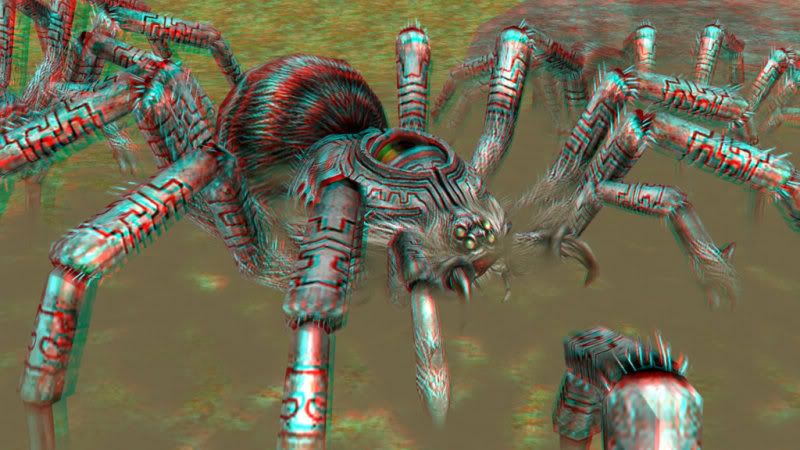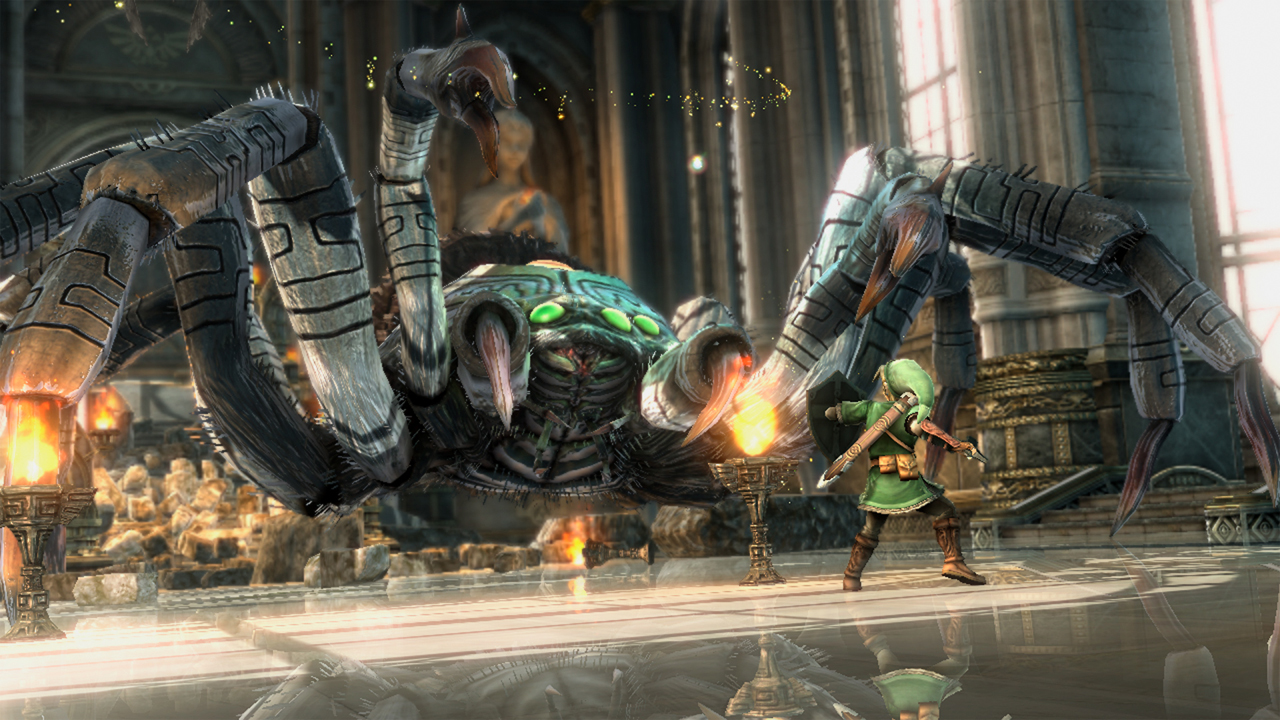sarusama said:
bgassassin, I think I this point we're just talking past each other because we use terms to mean different things.
I guess at this point we both understand each other, but I always reply because I can't resist arguing your desire to connect assets and engines and use that to infer something.
Ha. I always reply because an opportunity has presented itself to learn more. I'm a logic person. I'm about obtaining the best level of accuracy possible over settling with fallacies and running with them as truth. So when I can correct and/or add to the logical steps I've used to obtain a conclusion I will pursue it. In this case till I have the level of understanding I'm looking for or until you get tired of responding. You messed up by posting and it sounds like your nature makes it tough to stop in situations like this.
So while we might be talking past each other, that's only because I'm trying to get everything applied in the context as you are using them in, yet still coming from the current perspective I have. This is one of the ways I learn. I say it, you've responded, and then I try to adapt properly. I'm going to be rearranging your post some due to this.
sarusama said:
(Nitpicking, but you wouldn't write "apply assets to engines" but "engines use assets")
OK. It's just that with the way things have sounded (and what I've read) that it was a fair application of that phrase. But this is also due to my current understanding. So I need to know what you are labeling as assets. Also how are these assets created/what is used to create them? An answer to this will make a big difference for me.
sarusama said:
What do you mean separate from it? The "engine" can playback live/CG cut-scenes. Do you mean that the cutscene is first rendered externally as a video and then played-back in the engine?
Yeah that sentence sounded better when I typed it than it does now because you obviously won't know my reasoning for the way it sounds. But that was speaking under my previous understanding before it became clearer about assets and engines. What I'm assuming is that the live and CG cutscenes are not considered assets in the sense of what would be used by an engine as opposed to what a real-time demo would be. Hope that sounds better.
sarusama said:
Sorry I couldn't parse the meaning of this paragraph. Are you saying that in the case the "engine" is underused (by not having to handle AI, etc.) it could utilize idle resources to render the animation as opposed to playing back a pre-rendered movie of the animation?
To be clear I didn't mean to imply I didn't believe the Zelda demo was being rendered in real-time. I was from the fact that you could control various viewing and rendering parameters. What I was commenting on was the fact that from what we've seen, we can't infer what produced it. Just as likely are:
1. Tweaked existing engine to build and run on the new hardware. Throw together a quick real-time cutscene to show off.
2. Decide to start a new engine "from scratch". For the E3 Demo made sure the real-time cutscene management component is functional and some basic rendering. Throw togeter a quick Demo for E3.
The reason one might do 2, is to perform a serious refresh of the underlying software framework. Sometimes it's not easy to keep updating an existing framework because when you first designed it the assumptions for its use might have been drastically different then as opposed to now. Some assumptions on how things should collaborate might have been reasonable at the time but inefficient now.
First off point #1 is what I've believed. That it was a modified engine to better utilize the hardware. That goes back to what I was talking about with Nintendo's "If it ain't broke" philosophy. But that I've believed the engine was old and some here have indicated that it's even older which gimps how well the assets could look or run (your response to asset creation may affect how this should be worded). Kinda like reusing a 1995 Camry engine in newer car bodies and modifying the engine to run as best as possible. Now we have a 2010 Lexus using that '95 engine and while it looks prettier, it's still hindered by the power of that engine. That would be why the demo "didn't look as good" as it could. This is of my reasoning for that specific engine being used. So it sounds like we see that the same.
Now that I have that out of the way, I think the way it sounds how you are using animation is where the misunderstanding is coming from. This is how the context comes off to me in your posts. Not saying this is what you mean, just what sounds like.
1. That animation is separate from the engine.
This I understand in the proper context now.
2. That the animation is not an asset.
This is where the confusion is for me because your posts seemed like this isn't part of the assets. First was:
What we've seen is a video showing some scenery that bears close resemblance to something that could fit into a TP style. There is no reason to believe there even is an "engine" powering any of this. For all we know it could simply be playing back an animation with some camera and rendering parametrization control. You don't need an "engine" for that.
And mainly with what you mentioned the Samaritan demo you said:
It really depends on what you want to show. The Samaritan people refer to all the time most probably is just a canned animation running in real-time with kick-ass surface shaders, lots of geometry and what not. It's a graphical show case, highlighting what the GPU could possibly do. I doubt it is doing any game simulation (AI, input device processing... I would be surprised if it even did any data loading from storage as opposed to pre-loading everything onto the Video RAM). So is that demo representative of what real games will be able to do?
I get the impression that the animation is not an asset based on this. This is why I posted the link showing non-gaming usage of UE3. Those things don't utilize the game simulations you mention, but they do use the engine to perform animation and other aspects. This is also another area where your response about assets will help. Because putting all the info I have together as of right now leaves me to believe you have to have the engine to run the assets and that animation is included under assets. Going back to the earlier analogy, that'd be like having the body of a car and no engine inside of it. It might look pretty, but it's not going anywhere. Saying it's possible that it could just be an animation doesn't sound logical for what Nintendo and Epic would be trying to achieve, and with what I'm referring to.
sarusama said:
This is where we are talking past each other. Engines and assets are orthogonal components that are used in games. They are usually reasonably separate and independent parts. What you just wrote is inferring in the following way:
1. "since the assets would already be there" is tying assets to the engine used for TP
2. because you are seeing the same assets you infer it's the engine used for TP
There are several leaps of faith here:
1. assets were re-used based on what you see. I would admit this a fair assumption, but I'd have to look at some of the assets in more detail (side by side) and compare. I wouldn't be surprised if they had a modeller just make these real quick based on existing designs.
2. you are connecting assets to engines.
I guess at this point we both understand each other, but I always reply because I can't resist arguing your desire to connect assets and engines and use that to infer something.
I believe I hit on the real area of concern, so just addressing this part of the post and the first two points:
1. What I mean by that is that they've already used that engine for those assets, so it would seem easier to make the assets look better and just use the engine you're already familiar with.
2. That is a part the of it with the other part being how Nintendo tends to go about these things.
As for the leaps of faith, that's what inductive and deductive reasoning are about which as I mentioned I used the inductive side. And for the two points:
1. I definitely believe they were reused. Like in the picture that Luigiv posted, the only real difference I see are the front eyes being changed.
2. Goes back to the previous #2, but that's how Nintendo tends to work. So in this case it's very hard to separate the two as opposed to a licensed engine like UE3.
Nintendo is taking a new step in technology and they need to adapt on the software side accordingly. So I'm hoping that by the time Zelda, Mario, and whatever else uses the engine will have a new version of it that properly uses the hardware. I say hope, but I actually expect them to since they always have. After all Nintendo's games tend to look the best on their consoles, which after these discussions is most likely because their engine is optimized for the hardware as opposed to other engines that are trying to cover as many bases as possible. Now not only will we see other engines run on this console thanks to the better hardware those engines were designed for, but we'll see one from Nintendo that's optimized for the new hardware. After seeing that Zelda demo and Nintendo's history with those demos, my body might not be ready for how the real thing will look. I'll have to train it and get it ready.



